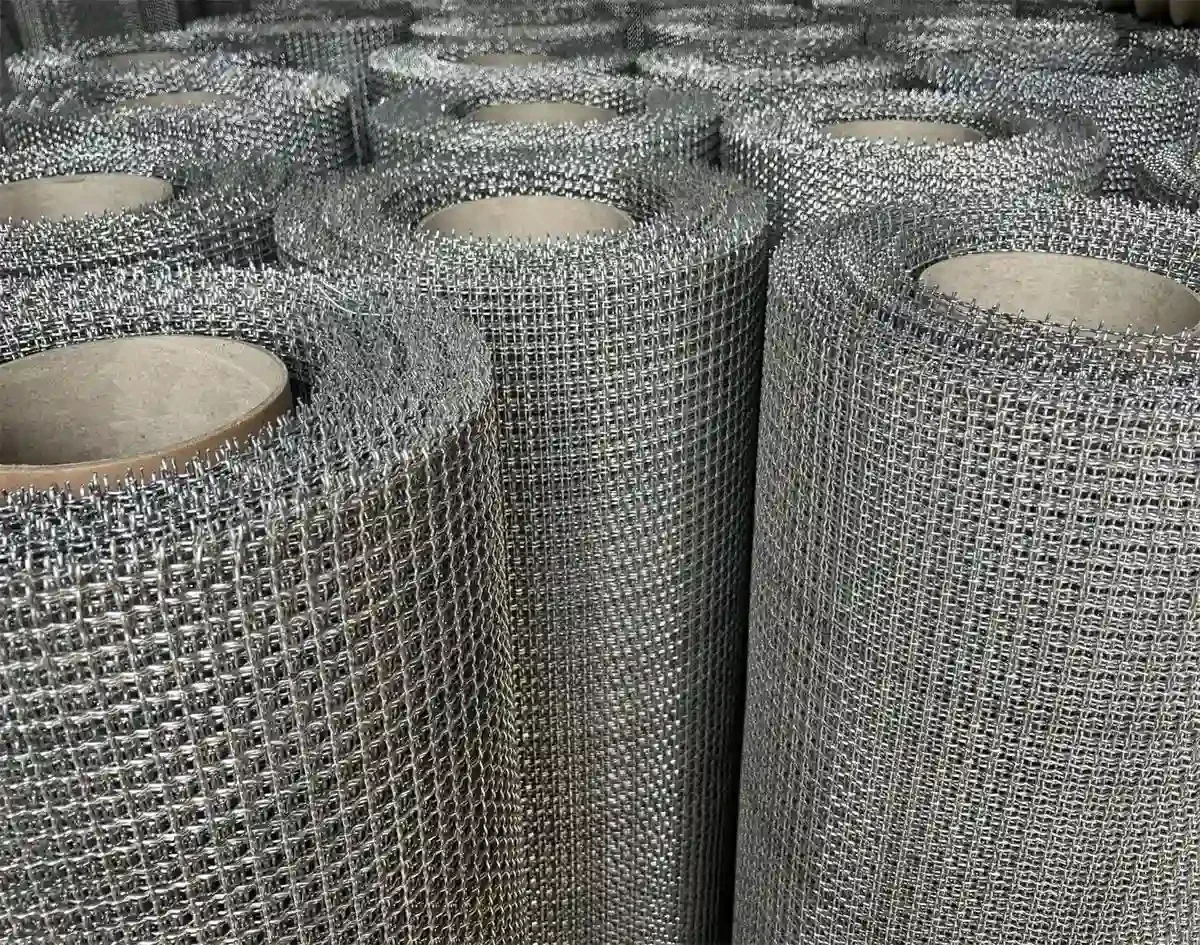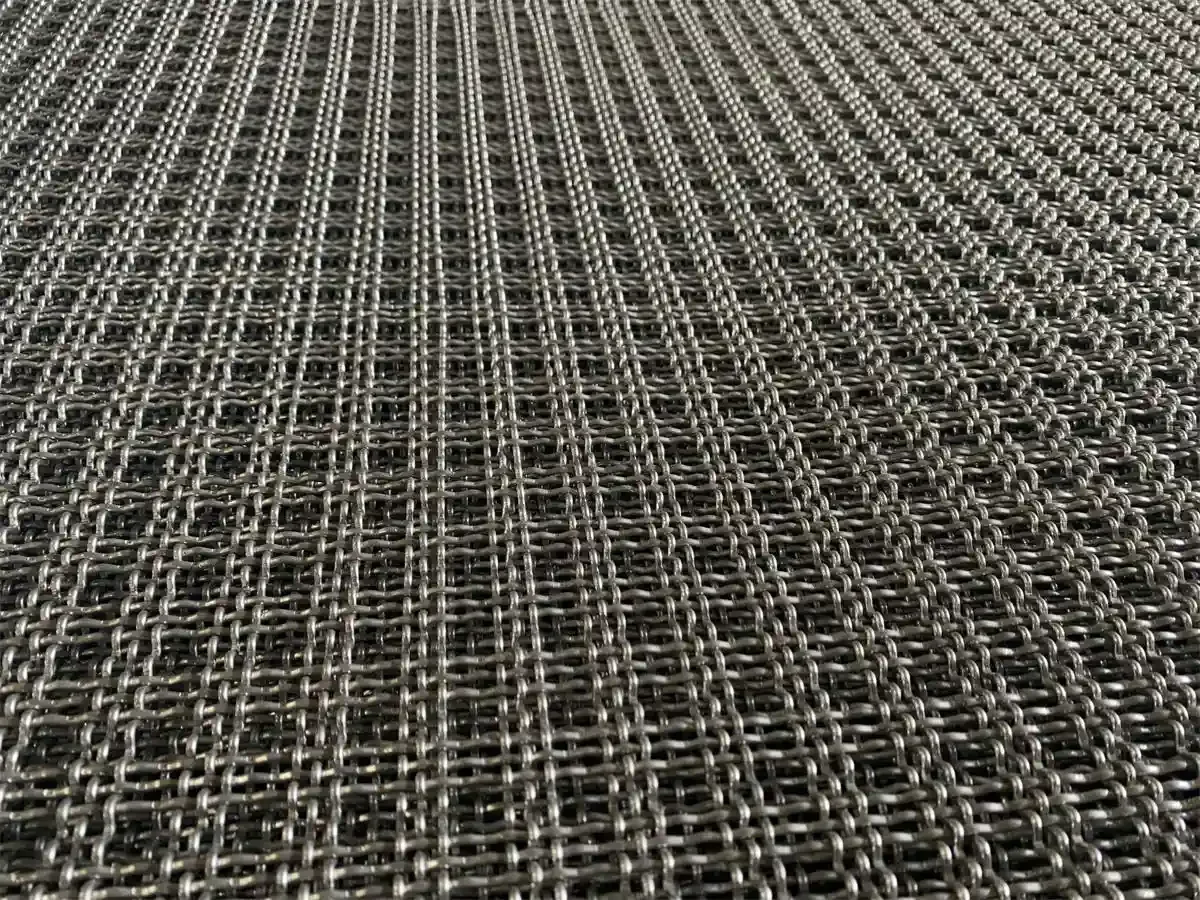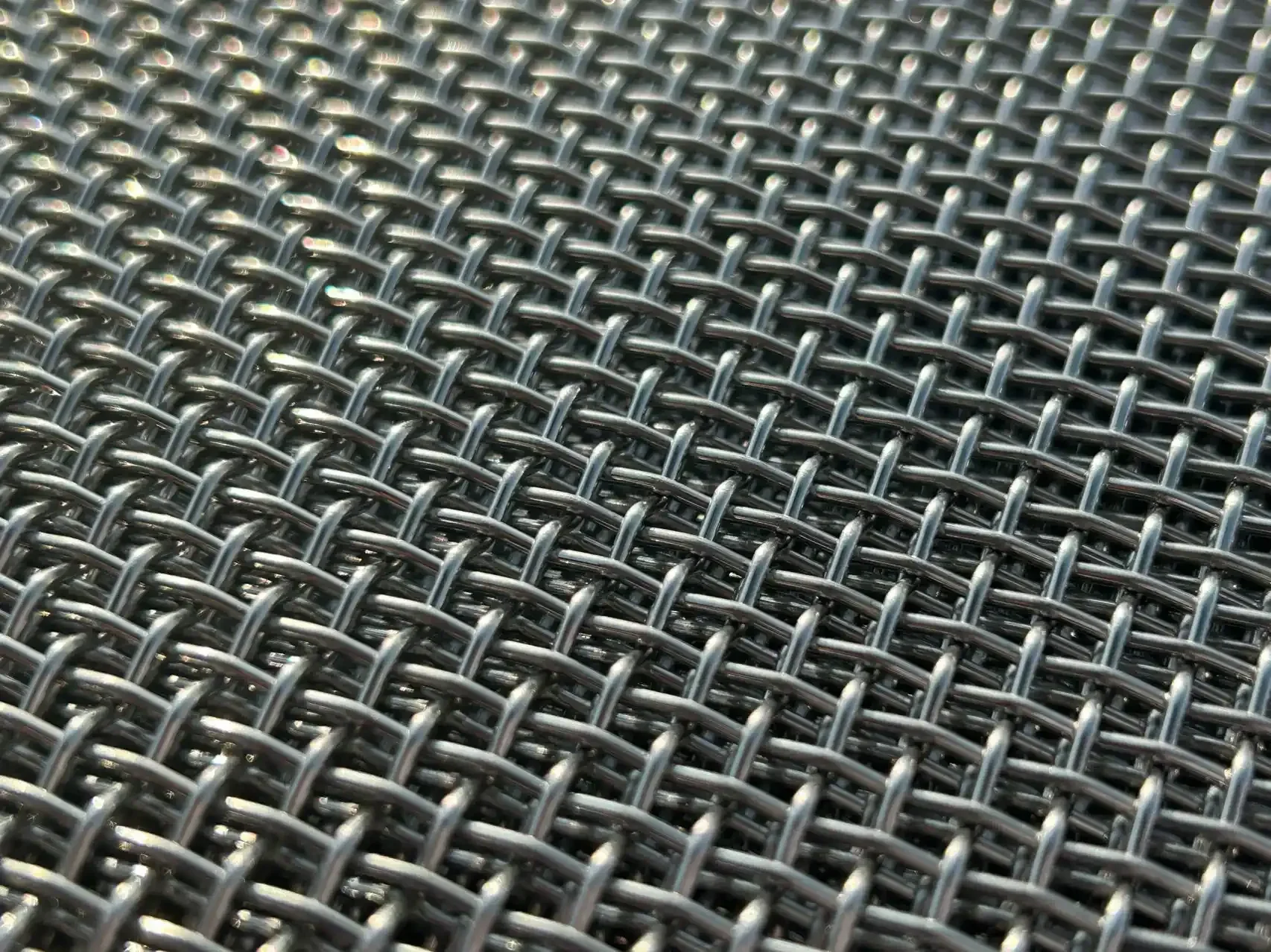Crimped wire mesh is a versatile and widely used material known for its strength, durability, and flexibility. It finds applications in various industries, including mining, construction, agriculture, and filtration. Choosing the right crimped wire mesh for your specific needs is crucial to ensure optimal performance and longevity. In this article, we will guide you through the factors to consider when selecting crimped wire mesh, with a focus on the expertise and quality offered by AnSai Filtration.
I. Understanding Crimped Wire Mesh
Crimped wire mesh is made from high-quality, corrosion-resistant steel wires that are woven together using a crimping process. The crimping creates a distinctive pattern of ridges and valleys, enhancing the mesh's stability and strength. This unique structure makes crimped wire mesh suitable for a wide range of applications, including screening, filtering, fencing, and reinforcement.

II. Consider the Wire Diameter and Mesh Size
The wire diameter and mesh size are essential factors to consider when choosing crimped wire mesh. The wire diameter determines the mesh's strength and durability, while the mesh size determines the opening size of the mesh. Both factors should be selected based on the specific application requirements, such as the desired level of filtration or the size of particles to be screened.
III. Evaluate Material Composition
The material composition of crimped wire mesh plays a crucial role in its performance and longevity. AnSai Filtration offers a variety of materials, including stainless steel, galvanized steel, and high carbon steel. Each material has unique properties, such as corrosion resistance, strength, and heat resistance. Consider the environmental conditions and specific application requirements to determine the most suitable material for your needs.
IV. Assess Weaving Patterns
Crimped wire mesh is available in various weaving patterns, such as double crimp, lock crimp, flat top crimp, and intermediate crimp. Each pattern offers distinct characteristics that affect the mesh's performance in different applications. For example, the double crimp pattern provides increased stability and strength, making it suitable for heavy-duty applications. Evaluate the weaving patterns offered by AnSai Filtration to find the one that best suits your intended use.

V. Determine Open Area Percentage
The open area percentage refers to the ratio of the open space in the mesh to the total surface area. It affects the mesh's flow rate, visibility, and screening efficiency. Consider the specific requirements of your application, such as the desired flow rate or the need for visibility, to determine the appropriate open area percentage. AnSai Filtration can provide guidance in selecting the right open area percentage based on your specific needs.
VI. Quality Assurance and Customization Options
AnSai Filtration offers customization options for embossed wire mesh, allowing you to tailor the product to your specific needs. Whether it's a specific mesh size, wire diameter or material, contact us to ensure you get the crimped wire mesh solution.

Conclusion
Choosing the right crimped wire mesh is crucial for achieving optimal performance and longevity in various applications. Consider factors such as wire diameter, mesh size, material composition, weaving pattern, and open area percentage when selecting crimped wire mesh. AnSai Filtration, with its expertise and commitment to quality, is the ideal partner for your crimped wire mesh needs. Consult with their team to ensure you receive the right product that meets your specific requirements, and enjoy the benefits of high-quality crimped wire mesh in your applications.
